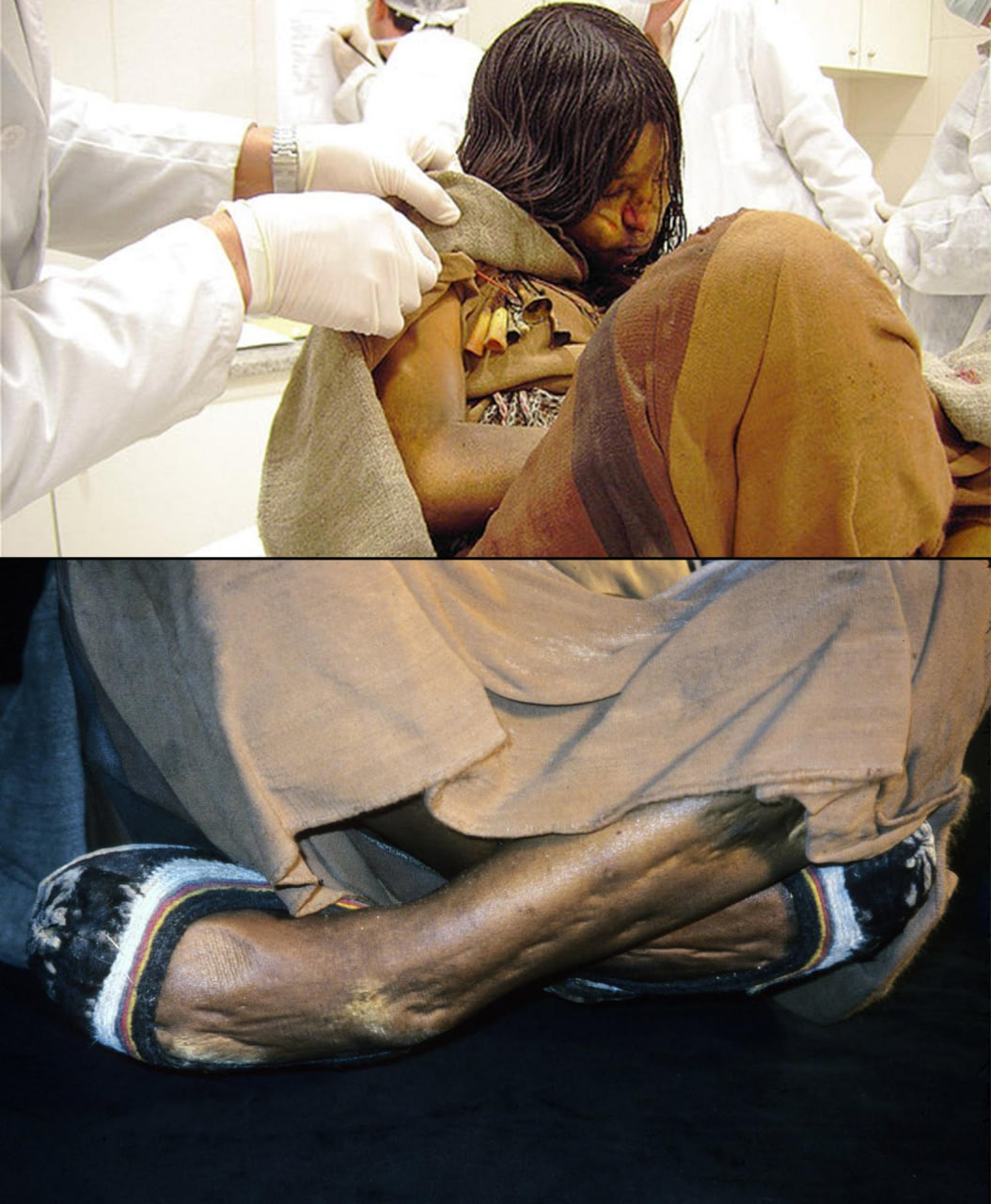The infant extends his arms outstretched yet unable to touch his mother who does not react to her baby""s dramatic gesture. This is a tragic contrast between the baby""s passion to touch her mother and the mother""s impassivity. They seem so close, and yet so distant from one another, as they both belong to different worlds. The name of the dead woman, Phylonoe, is recorded in the epigram carved on the epistyle that probably died in childbirth, 380 BCE National Archaeological Museum in Athens.
Exploring the Emotion and Tragedy of Ancient Athenian Life
In the hallowed halls of the National Archaeological Museum in Athens, a poignant scene unfolds on a grave stele from 380 BCE. This ancient artifact captures a moment of profound tragedy, depicting a young Athenian mother, Phylonoe, seated impassively as she gazes upon her infant son, held by another woman. Join us as we delve into the emotional depth of this ancient artwork, exploring the contrast between the baby's longing for his mother's touch and her stoic demeanor, frozen in time for over two millennia.

The Tragic Narrative: Deciphering the Symbolism of the Grave Stele
At first glance, the scene depicted on the grave stele appears deceptively simple: a mother and child, separated by an unbridgeable chasm of emotion. However, upon closer inspection, the depth of tragedy becomes apparent. The infant, arms outstretched in a desperate bid for connection, is met with his mother's unyielding gaze, her expression betraying no hint of warmth or affection. This stark contrast between the baby's longing and the mother's detachment speaks volumes about the harsh realities of ancient Athenian life, where mortality and grief were ever-present companions.
Unveiling the Historical Context: Insights into Ancient Athenian Society
To fully appreciate the significance of this grave stele, it is essential to consider the cultural and societal norms of ancient Athens. In a society deeply influenced by notions of duty and stoicism, expressions of emotion were often suppressed or subdued. The portrayal of Phylonoe's impassivity in the face of her infant son's longing reflects the prevailing attitudes towards grief and loss in ancient Greece, where stoic acceptance of fate was valued above all else.
Reflections on Motherhood and Mortality: Connecting Across Millennia
As we contemplate the tragic narrative captured on the grave stele, we are reminded of the universal themes that transcend time and place. The bond between mother and child, the anguish of loss, and the fragility of life itself are themes that resonate across cultures and generations. In Phylonoe's unyielding gaze and her infant son's outstretched arms, we see echoes of our own humanity, prompting us to reflect on the timeless nature of love, loss, and the enduring power of memory.
Honoring the Past: Preserving Ancient Artifacts for Future Generations
In conclusion, the grave stele of Phylonoe serves as a poignant reminder of the enduring power of art to capture the essence of the human experience. As we marvel at the skill and craftsmanship of ancient Athenian artisans, we must also recognize the importance of preserving these artifacts for future generations. Through careful conservation and scholarly study, we can ensure that the stories of Phylonoe and her infant son continue to resonate with audiences for centuries to come, offering insights into the joys and sorrows of ancient Athenian life.





